Reference letter template for volunteer
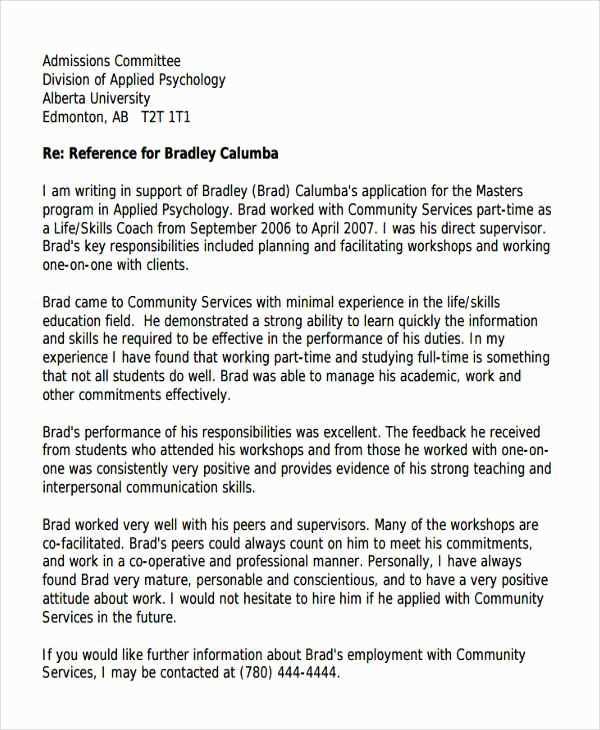
A reference letter for a volunteer role should be clear, concise, and specific. Begin by outlining the volunteer’s name, the nature of their volunteer work, and the time spent in the role. This establishes the context for the reader and highlights the volunteer’s dedication to the cause.
Next, focus on the skills and qualities that stood out during their time volunteering. Whether it’s their teamwork, leadership, or problem-solving abilities, provide concrete examples to show their contributions. For instance, if they coordinated events or supported specific projects, mention how these tasks were handled with care and efficiency.
It’s also beneficial to comment on their character. A volunteer’s personality often plays a significant role in their success. Highlight traits such as reliability, compassion, and adaptability. These qualities can be just as important as technical skills in a volunteer setting.
Conclude by stating your overall recommendation. Be specific about the type of roles the volunteer would excel in based on their strengths and experience. A clear, confident endorsement gives the reader a full picture of the volunteer’s abilities and work ethic.
Reference Letter Template for Volunteer
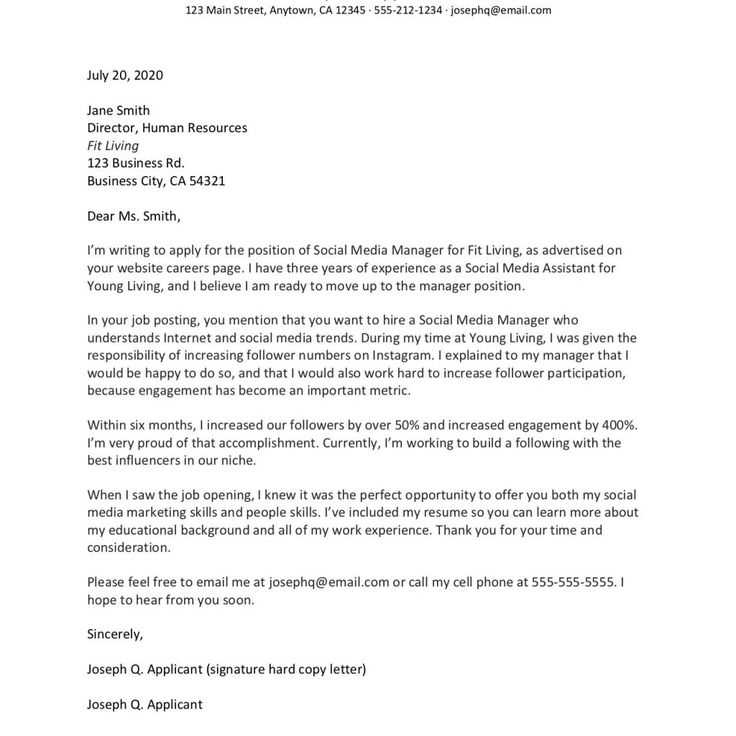
To write a reference letter for a volunteer, focus on the volunteer’s specific contributions and character. Mention the skills they demonstrated, the tasks they successfully completed, and how they interacted with others. Use a clear and direct tone, offering specific examples where appropriate.
Introduction
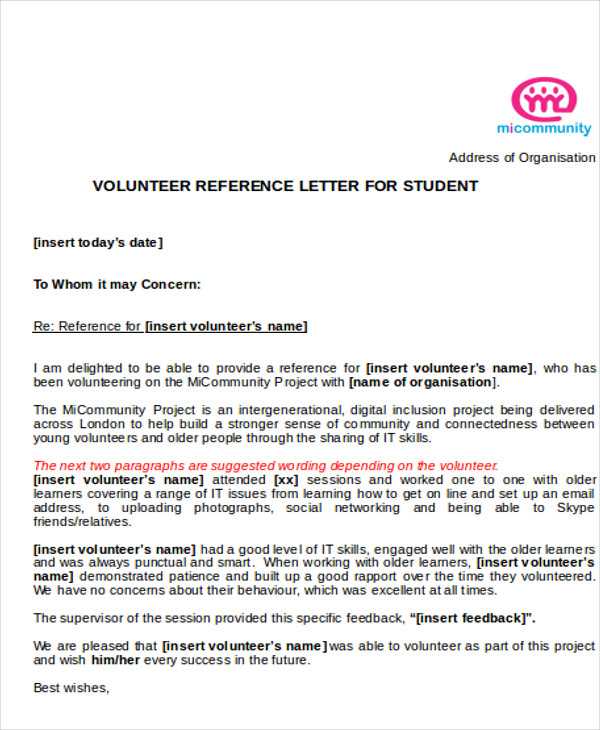
Start by stating the relationship between you and the volunteer, including how long you’ve known them and in what capacity. This helps establish credibility and context for your recommendation.
Skills and Contributions
Detail the volunteer’s achievements and highlight their strengths. Describe any special skills or positive traits that stood out, such as teamwork, communication, reliability, or problem-solving abilities. Be specific about their role and the impact they had within the organization or community.
Conclude by offering a strong endorsement. If you feel comfortable, you can also provide your contact details for any follow-up questions.
How to Start Your Volunteer Reference Letter
Begin with a clear and direct introduction that highlights your connection to the volunteer. Mention the capacity in which you know them and the duration of your relationship. Avoid unnecessary detail and focus on how your experience with the volunteer makes you a credible reference.
Example Introduction
“I have had the pleasure of working with [Volunteer’s Name] for the past [time period] as [your role] at [organization]. During this time, they have demonstrated [mention key attributes] through their [specific volunteer tasks or responsibilities].”
Key Details to Include
Be concise about the volunteer’s key qualities, such as reliability, communication skills, and commitment. This will provide the reader with a quick understanding of the volunteer’s strengths. Stay factual and avoid generalizations to make your reference more impactful.
Key Information to Include About the Volunteer
Begin by providing the volunteer’s full name and the duration of their involvement. Mention the specific roles or tasks they performed within the organization. Highlight their key achievements or contributions, including any particular projects they worked on or events they supported. Include examples of how they interacted with others–whether through teamwork, communication, or leadership. If the volunteer demonstrated problem-solving abilities, mention specific instances where they addressed challenges or made improvements. Finally, mention their reliability and commitment to their responsibilities, focusing on their punctuality and consistency throughout the volunteer period.
Demonstrating the Volunteer’s Skills and Contributions
When describing a volunteer’s skills, focus on specific tasks they successfully handled. For example, if they assisted in event planning, highlight their ability to coordinate multiple activities, manage time effectively, and adapt quickly to unexpected challenges. Emphasize their contribution to the team, whether it was in leading a group or offering creative solutions to problems.
Highlighting Problem-Solving Abilities
Volunteers who solve problems efficiently show initiative and critical thinking. For instance, if the volunteer resolved a technical issue during an event, mention how they identified the problem and implemented a solution promptly. Such skills can demonstrate their value to any organization, even in high-pressure situations.
Team Collaboration and Leadership
If the volunteer worked in a team, emphasize their collaborative approach. Describe how they communicated with others, shared ideas, and supported team members to achieve common goals. If they took on a leadership role, outline their responsibilities and achievements, showing how they guided the team toward successful outcomes.
Highlighting the Volunteer’s Character and Work Ethic
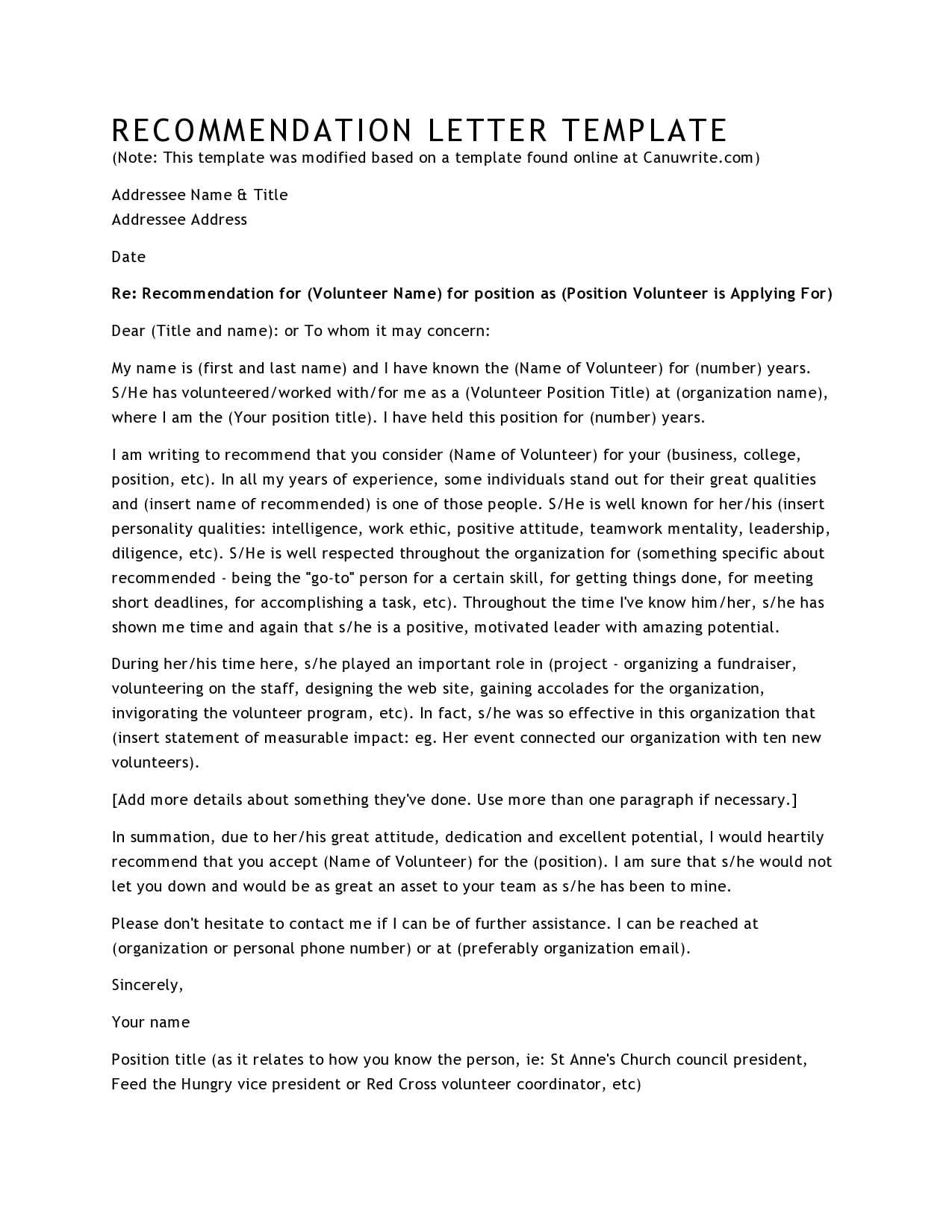
Focus on the volunteer’s integrity and dedication. Mention specific qualities that make them stand out, such as reliability, punctuality, and a strong sense of responsibility. Show how these traits were demonstrated through their actions and contributions. For example:
- Reliability: They consistently showed up on time for shifts and took initiative in completing tasks without needing reminders.
- Commitment: Even during challenging situations, they maintained a positive attitude and stayed focused on the goals of the organization.
- Collaboration: They worked well with others, creating a supportive and productive environment for the team.
Consistency and Initiative
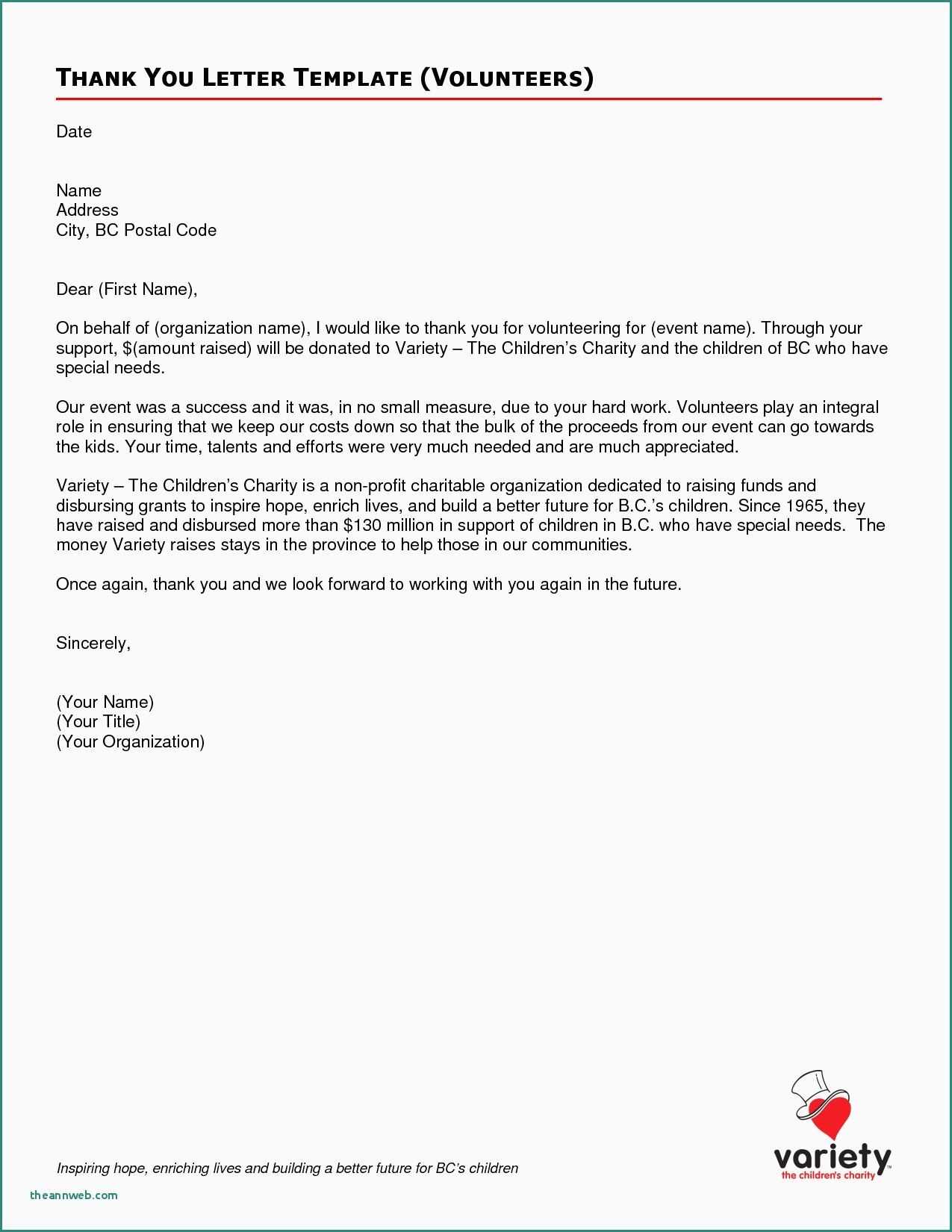
Highlight their proactive approach in identifying areas where they could help. If they volunteered to take on additional tasks or suggested improvements, include these examples to show their problem-solving skills and ability to take ownership of responsibilities.
Attitude Toward Challenges
Discuss their approach to overcoming obstacles. Describe how they stayed calm under pressure and remained focused on finding solutions. This shows their resilience and determination to contribute positively, regardless of the circumstances.
Providing Specific Examples of Impact
Use concrete examples that highlight the volunteer’s contributions. These examples should demonstrate how their actions directly affected the organization or community they served. Focus on measurable outcomes and specific situations where the volunteer made a difference.
Highlight Key Contributions
- Describe a situation where the volunteer took initiative, such as leading a project or organizing an event that led to an increase in attendance or participation.
- Include any instances where the volunteer helped solve a problem, such as improving efficiency or resolving an issue that had been hindering progress.
- Mention specific skills the volunteer applied, such as communication, leadership, or technical abilities, and explain how these helped achieve goals.
Demonstrate Long-term Effects
- Show how the volunteer’s involvement led to lasting improvements, such as creating a sustainable process or inspiring others to continue their work.
- Provide examples of positive feedback received from the community or other team members as a result of the volunteer’s efforts.
Concluding Your Reference Letter Professionally
Finish your reference letter with a clear and respectful closing that highlights your confidence in the volunteer’s abilities and character. Avoid vague or unsubstantiated claims, and instead, focus on specific qualities that demonstrate their suitability for the position. Make your closing statement strong but concise.
Here’s how to structure the conclusion:
| Step | Description |
|---|---|
| Restate Recommendation | Reaffirm your strong support for the volunteer, emphasizing the qualities that make them an excellent candidate. Be specific and avoid generic phrases. |
| Offer Availability | Make it clear you’re available for follow-up questions, and include your contact details if necessary. |
| Sign-Off | End with a professional closing, such as “Sincerely,” followed by your name and title. If appropriate, include your position or relationship to the volunteer. |
Example: “I am confident that [Volunteer’s Name] will excel in this opportunity. Please feel free to contact me at [Your Contact Information] should you require any further information.”